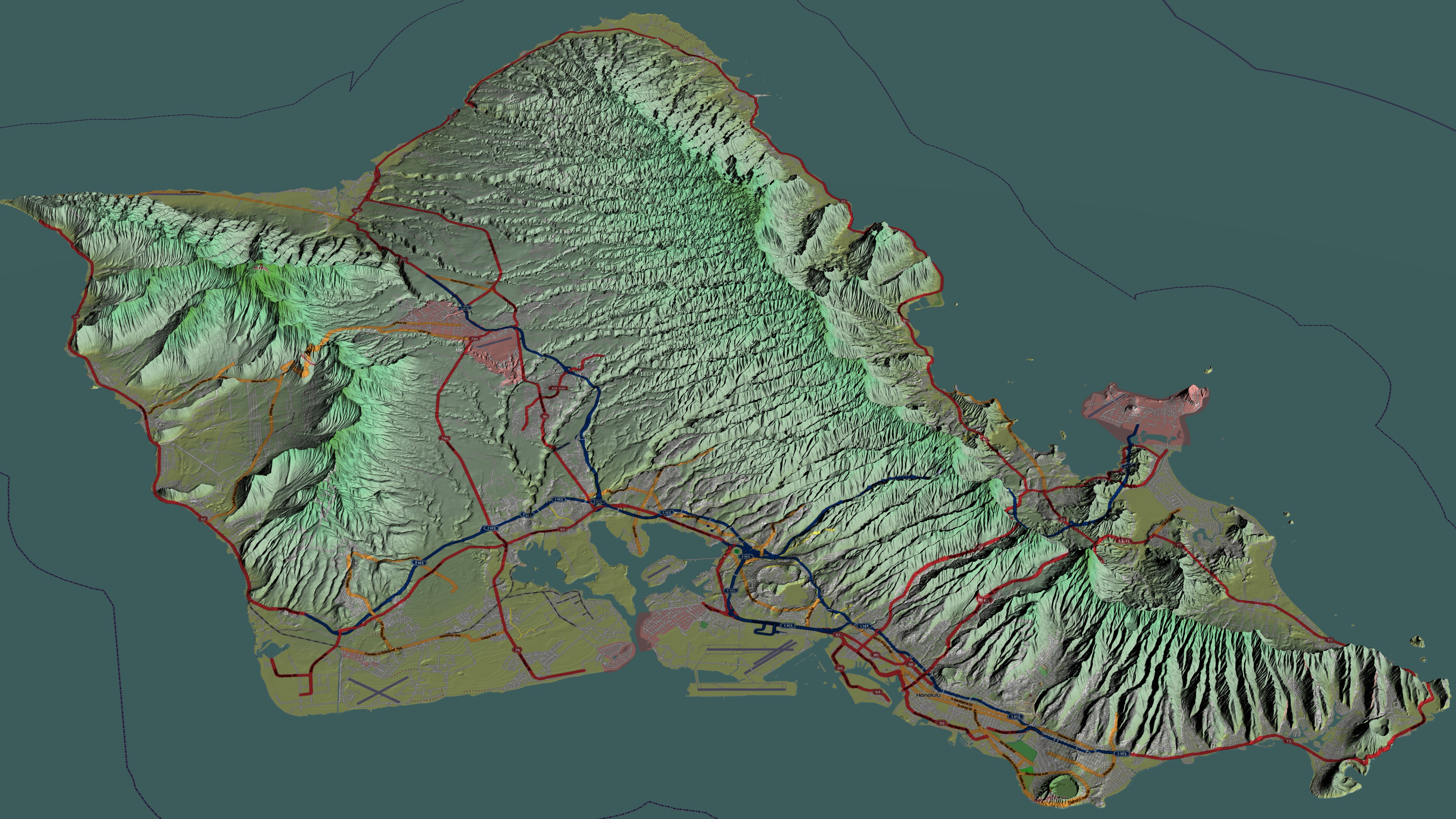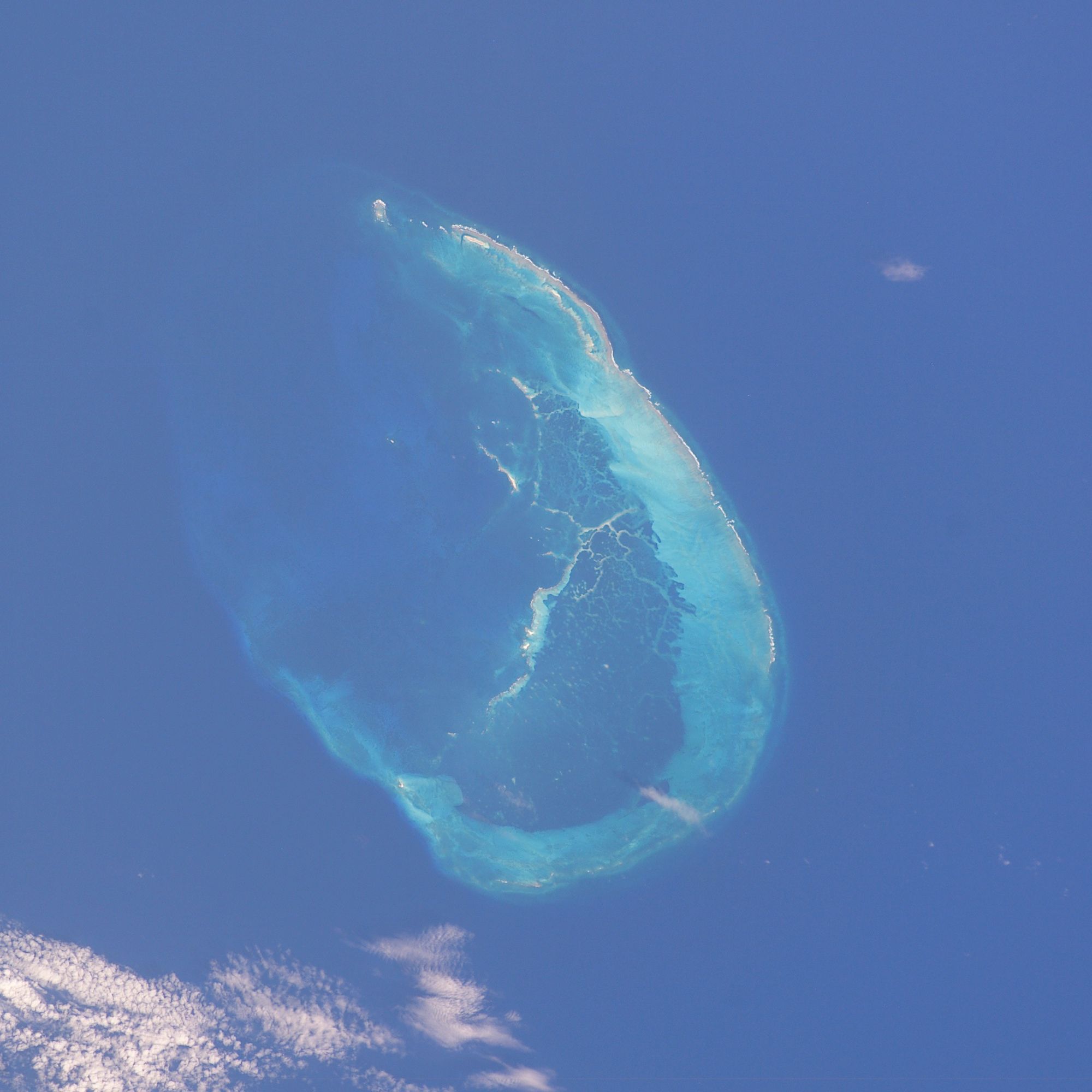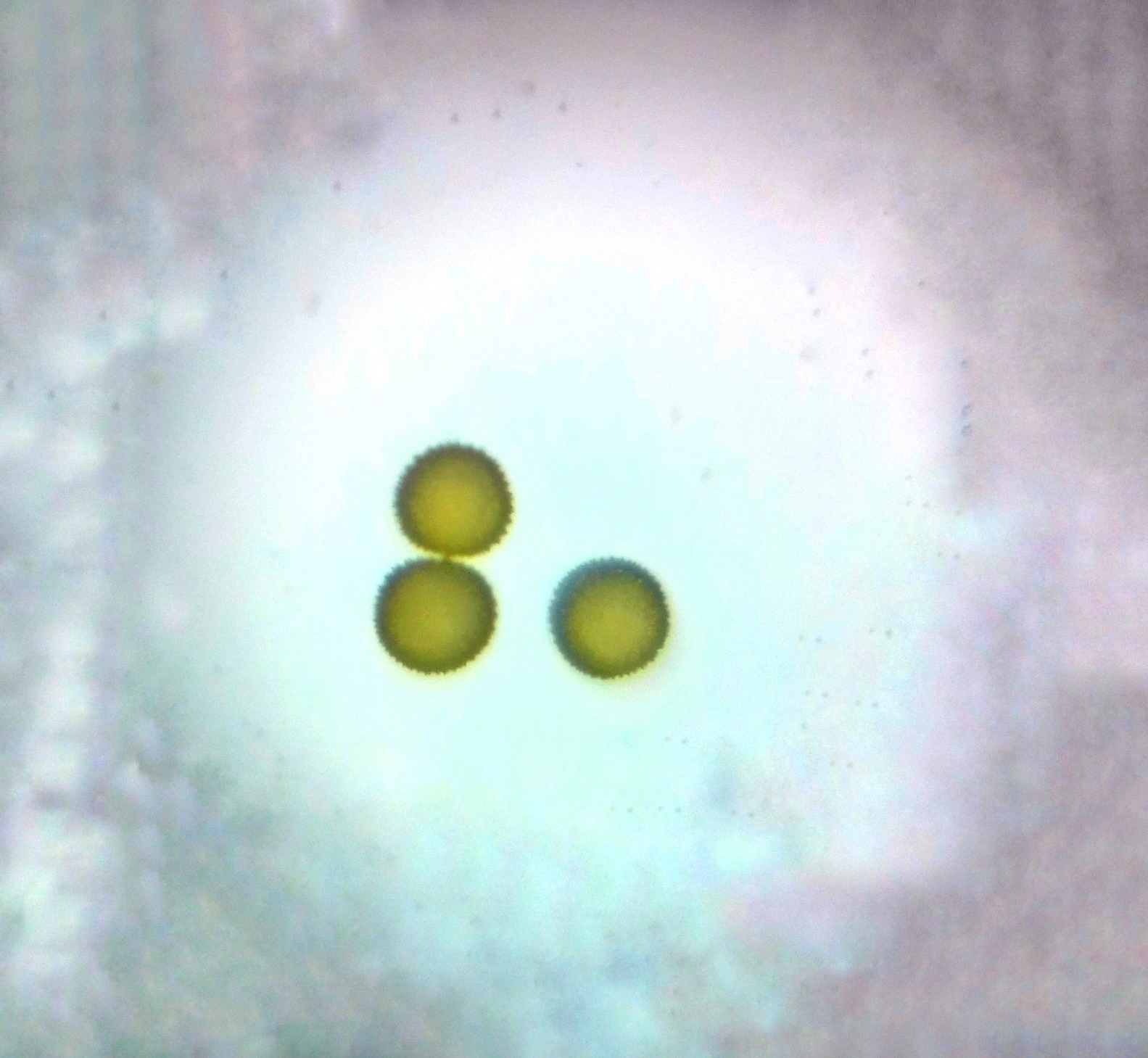|
Crocidosema Leprarum
''Crocidosema leprarum'' is a moth of the family Tortricidae. It was first described by Lord Walsingham in 1907. It is endemic to the Hawaiian islands of Oahu, Molokai, Nihoa, Necker, French Frigate Shoals and Laysan. The larvae probably feed on ''Abutilon ''Abutilon'' is a large genus of flowering plants in the mallow family, Malvaceae. It is distributed throughout the tropics and subtropicsSida'' species. External links * Eucosmini Endemic moths of Hawaii Moths described in 1907 {{ ...[...More Info...] [...Related Items...] OR: [Wikipedia] [Google] [Baidu] |
Thomas De Grey, 6th Baron Walsingham
Thomas de Grey, 6th Baron Walsingham (29 July 1843 – 3 December 1919), of Merton Hall, Norfolk, was an English politician and amateur entomologist. Biography Walsingham was the son of Thomas de Grey, 5th Baron Walsingham, and Augusta-Louisa, daughter of Sir Robert Frankland-Russell, 7th Baronet. He was born on Stanhope Street in Mayfair, the family's London house. He was educated at Eton and Trinity College, Cambridge. He sat as Conservative Member of Parliament for West Norfolk from 1865 until 1870, when he succeeded to the title and estates of his father, and entered the House of Lords. From 1874 to 1875 he served as a Lord-in-waiting (government whip) in the second Conservative government of Benjamin Disraeli. From 1870 on he also ran the family's estate at Merton, Norfolk, served as trustee of the British Museum and performed many other public functions. Walsingham was a keen lepidopterist, collecting butterflies and moths from a young age, and being particularly ... [...More Info...] [...Related Items...] OR: [Wikipedia] [Google] [Baidu] |
David Sharp (entomologist)
David Sharp (18 October 1840 – 27 August 1922) was an English physician and entomologist who worked mainly on Coleoptera. He was among the most prolific publishers in the history of entomology with more than 250 papers that included seven major revisions and reviews and a highly influential work on the structure and modifications of the male genital structures among the beetle families. He was the editor of the Zoological Record for three decades. Biography David Sharp was born at Towcester and lived his early years in Stony Stratford. Some twelve years later his parents removed to London, where he received most of his education. After attending one or two preparatory schools, in 1853 he entered St. John's Foundation School which was then at Kilburn. At the age of seventeen he commenced to help his father, a leather merchant, and about the same time he began collecting beetles, some of his favourite haunts being Ken Wood and Hammersmith Marshes, as well as the sandy shores ... [...More Info...] [...Related Items...] OR: [Wikipedia] [Google] [Baidu] |
Moth
Moths are a paraphyletic group of insects that includes all members of the order Lepidoptera that are not butterflies, with moths making up the vast majority of the order. There are thought to be approximately 160,000 species of moth, many of which have yet to be described. Most species of moth are nocturnal, but there are also crepuscular and diurnal species. Differences between butterflies and moths While the butterflies form a monophyletic group, the moths, comprising the rest of the Lepidoptera, do not. Many attempts have been made to group the superfamilies of the Lepidoptera into natural groups, most of which fail because one of the two groups is not monophyletic: Microlepidoptera and Macrolepidoptera, Heterocera and Rhopalocera, Jugatae and Frenatae, Monotrysia and Ditrysia.Scoble, MJ 1995. The Lepidoptera: Form, function and diversity. Oxford, UK: Oxford University Press; 404 p. Although the rules for distinguishing moths from butterflies are not well est ... [...More Info...] [...Related Items...] OR: [Wikipedia] [Google] [Baidu] |
Tortricidae
The Tortricidae are a family of moths, commonly known as tortrix moths or leafroller moths, in the order Lepidoptera. This large family has over 11,000 species described, and is the sole member of the superfamily Tortricoidea, although the genus '' Heliocosma'' is sometimes placed within this superfamily. Many of these are economically important pests. Olethreutidae is a junior synonym. The typical resting posture is with the wings folded back, producing a rather rounded profile. Notable tortricids include the codling moth and the spruce budworm, which are among the most well-studied of all insects because of their economic impact. Description Tortricid moths are generally small, with a wingspan of 3 cm or less.Hanson, Paul E. (04-11-2018). Insects and Other Arthropods of Tropical America. Cornell University Press. Many species are drab and have mottled and marbled brown colors, but some diurnal species are brightly colored and mimic other moths of the families Geome ... [...More Info...] [...Related Items...] OR: [Wikipedia] [Google] [Baidu] |
Oahu
Oahu () ( Hawaiian: ''Oʻahu'' ()), also known as "The Gathering Place", is the third-largest of the Hawaiian Islands. It is home to roughly one million people—over two-thirds of the population of the U.S. state of Hawaii. The island of O’ahu and the Northwestern Hawaiian Islands constitute the City and County of Honolulu. The state capital, Honolulu, is on Oʻahu's southeast coast. Oʻahu had a population of 1,016,508 according to the 2020 U.S. Census, up from 953,207 people in 2010 (approximately 70% of the total 1,455,271 population of the State of Hawaii, with approximately 81% of those living in or near the Honolulu urban area). Name The Island of O{{okinaahu in Hawaii is often nicknamed (or translated as) ''"The Gathering Place"''. It appears that O{{okinaahu grew into this nickname; it is currently the most populated Hawaiian Island, however, in ancient times, O{{okinaahu was not populous and was outranked by the status of other islands. The translation of ''"ga ... [...More Info...] [...Related Items...] OR: [Wikipedia] [Google] [Baidu] |
Molokai
Molokai , or Molokai (), is the fifth most populated of the eight major islands that make up the Hawaiian Islands archipelago in the middle of the Pacific Ocean. It is 38 by 10 miles (61 by 16 km) at its greatest length and width with a usable land area of , making it the fifth-largest in size of the main Hawaiian Islands and the 27th largest island in the United States. It lies southeast of Oahu across the wide Kaʻiwi Channel and north of Lānai, separated from it by the Kalohi Channel. The island's agrarian economy has been driven primarily by cattle ranching, pineapple production, sugarcane production and small-scale farming. Tourism comprises a small fraction of the island's economy, and much of the infrastructure related to tourism was closed and barricaded in the early 2000s when the primary landowner, Molokai Ranch, ceased operations due to substantial revenue losses. In Kalawao County, on the Kalaupapa Peninsula on the north coast, settlements were establis ... [...More Info...] [...Related Items...] OR: [Wikipedia] [Google] [Baidu] |
Nihoa
Nihoa (; haw, Nīhoa ), also known as Bird Island or Moku Manu, is the tallest of ten islands and atolls in the uninhabited Northwestern Hawaiian Islands (NWHI). The island is located at the southern end of the NWHI chain, southeast of Necker Island. Nihoa is the closest NWHI in proximity to the eight main windward Hawaiian Islands at approximately northwest of the island of Kauai. The island has two peaks, Miller's Peak in the west, and Tanager Peak in the east. Nihoa's area is about and is surrounded by a coral reef. Its jagged outline gives the island its name, , which is Hawaiian for "tooth".. Captain William Douglas, the second Western explorer to find Nihoa, describes the island as " earingthe form of a saddle, high at each end, and low in the middle. To the south, it is covered with verdure; but on the north, west, and east sides it is a barren rock, perpendicularly steep..." The island is home to 25 species of plants and several animals, making it th ... [...More Info...] [...Related Items...] OR: [Wikipedia] [Google] [Baidu] |
Necker Island (Northwestern Hawaiian Islands)
Necker Island, in Hawaiian Mokumanamana ("Branched Island"), is a small island in the Northwestern Hawaiian Islands. It is located at in the Pacific Ocean, northwest of Honolulu, Hawaii, northwest of Nihoa, and north of the Tropic of Cancer. It is part of the State of Hawaii in the United States. It contains important prehistoric archaeological sites of the Hawaiian culture and is part of the Hawaiian Islands National Wildlife Refuge within the Papahānaumokuākea Marine National Monument. The United States Census Bureau reports Necker Island's land area as . [...More Info...] [...Related Items...] OR: [Wikipedia] [Google] [Baidu] |
French Frigate Shoals
The French Frigate Shoals ( Hawaiian: Kānemilohai) is the largest atoll in the Northwestern Hawaiian Islands. Its name commemorates French explorer Jean-François de La Pérouse, who nearly lost two frigates when attempting to navigate the shoals. It consists of a crescent-shaped reef, twelve sandbars, and the La Perouse Pinnacle, the only remnant of its volcanic origins. The total land area of the islets is . Total coral reef area of the shoals is over . Tern Island, with an area of , has a landing strip and permanent habitations for a small number of people. It is maintained as a field station in the Hawaiian Islands National Wildlife Refuge by the United States Fish and Wildlife Service. The French Frigate Shoals are about northwest of Honolulu. In the 20th century, the shoals were used by the Imperial Japanese Navy as part of an operation to attack Hawaii; afterwards, a small United States Navy base was established there to prevent it from being used again. After the ... [...More Info...] [...Related Items...] OR: [Wikipedia] [Google] [Baidu] |
Laysan
Laysan (; haw, italics=no, Kauō ), located northwest of Honolulu at , is one of the Northwestern Hawaiian Islands. It comprises one land mass of , about in size. It is an atoll of sorts, although the land completely surrounds a shallow central lake some above sea level that has a salinity approximately three times greater than the ocean. Laysan's Hawaiian name, Kauō, means ''egg''. Geology Laysan is the second largest single landmass in the Northwestern Hawaiian Islands, after Sand Island at Midway Atoll. Laysan was created by coral growth and geologic upshift. The fringing reefs surrounding the island cover about . Lake Laysan, the , brown, hypersaline lake in the island's interior, has varied in depth over the decades. In the 1860s, the lake was at most deep, but by the 1920s it averaged deep, because of the buildup of sand that had been blown away in sandstorms. The best way to find fresh water on Laysan is to observe where the finches are drinking; the fresh wate ... [...More Info...] [...Related Items...] OR: [Wikipedia] [Google] [Baidu] |
Abutilon
''Abutilon'' is a large genus of flowering plants in the mallow family, Malvaceae. It is distributed throughout the tropics and subtropics''Abutilon''. Flora of China. of the Americas, Africa, Asia, and Australia. General common names include Indian mallow''Abutilon''. Integrated Taxonomic Information System (ITIS). and velvetleaf; ornamental varieties may be known as room maple, parlor maple, or flowering maple. The genus name is an 18th-century word that came from the Arabic ' (), the name given by |
Sida (plant)
''Sida'' is a genus of flowering plants in the mallow family, Malvaceae. They are distributed in tropical and subtropical regions worldwide,Shaheen, N., et al. (2009)Foliar epidermal anatomy and its systematic implication within the genus ''Sida'' L. (Malvaceae).''African Journal of Biotechnology'' 8(20), 5328-36. especially in the Americas.''Sida''. The Jepson eFlora 2013. Plants of the genus may be known generally as fanpetals''Sida''. Integrated Taxonomic Information System (ITIS). or sidas.''Sida''. FloraBase. Western ... [...More Info...] [...Related Items...] OR: [Wikipedia] [Google] [Baidu] |









